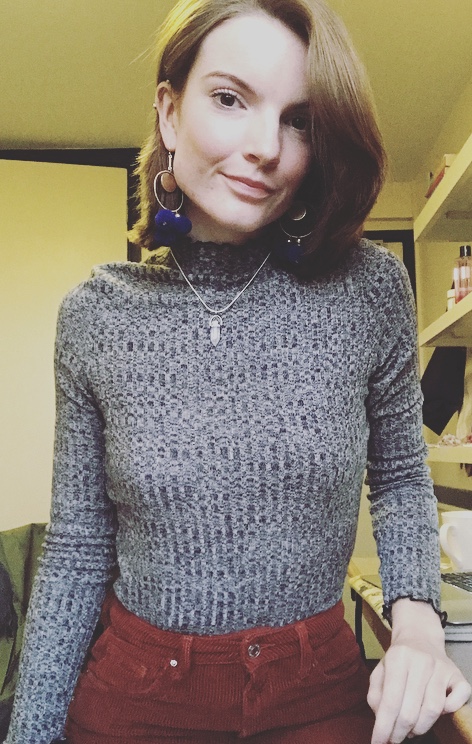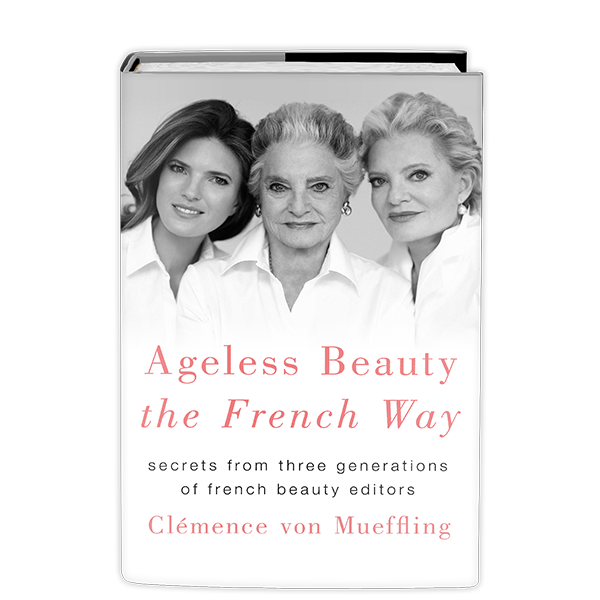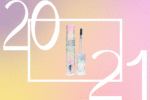Irving Penn’s Iconic Lips
BWB invites you to look at your lipstick through the eyes of the great Irving Penn.
Before becoming comfortable behind the camera, Irving Penn fell in love with paint strokes. While he had initially wanted to pursue painting, he would eventually become one of the greatest photographers of the 20thcentury. His iconic cosmetics advertising campaigns broke the boundary between commercial and fine-art photography.
Penn started accepting commercial assignments in 1952, out of a necessity to support his family. His first campaigns featured Mumm Champagne and Jell-O Pudding, and even these early projects were unprecedented. No other advertising campaign had ever reached his level of crisp sophistication. For example, Penn fashioned optical tricks and distortion into his photography by transforming glass and crystal into lenses. His work focused on the texture of things, like the energy of the champagne bubbles or the viscous consistency of the dessert.
Clinique
Sleek and beautiful, Penn’s images honed in on the primary subject. In other words, he always did away with the context: “you have to be a kind of surgeon and cut through this and not be afraid of white space, of emptiness.” This was true for his editorial and advertising photography, as well as his portraits and still lifes. In a Clinique ad for the new “color surge” line, Penn zeroed in on the basics of the lipsticks. As a result, he photographed the lipsticks next to a pot of paint and a dripping paint stick. The photograph emphasizes that the products are cylindrical tubes filled with vibrant color. A disturbing element offsets the sleekness of the composition: a single streak of paint neatly running along the outside of the can, as if the hand stirring the paint had slipped by accident.

(Clinique)
“Bee”
Penn took his sense of urgency to a higher level in one of his most iconic images: “Bee.” In a Vogue article dated March 25th 2020, editor Phyllis Posnick recalls the shoot: “In 1995 Vogue was reporting on the beginning of the collagen lip-plumping era and we needed a photograph to illustrate the article. Irving Penn, the legendary photographer and my frequent collaborator, liked to use popular expressions as a starting point for some of his shoots. For this one, we were inspired by one from the 1950s: the bee-stung lip (a popular expression in the 1950s to describe full, pouty lips). All I needed to do was to find a (brave) model with the best plump lips—and some bees.”
For this picture, the team at Vogue flew in a beekeeper from Arizona. Bees become docile and harmless when cold, so the beekeeper put them in the fridge. He knew the exact temperature for this state of induced hibernation. The model, Estella Warren, was fearless. As such, she posed patiently while the wrangler placed one bee after another on her perfectly made-up lips. The luscious product in question was Christian Dior Haute Couleur Lipstick in Dazzling Orange.
From behind his camera, Penn gave instructions. First, he asked her to close her mouth — then open it a little and then even a little more. They tried many different bees and Estella made different shapes with her mouth. When a bee began to warm up under the studio lights, the wrangler quickly substituted it with a colder one. No photographer or editor or bee was harmed during the shoot. At the end of the shoot, the beekeeper calmly packed up his colony and took them back home to Arizona. The result? Muah.

“Bee”
“Mouth”
A pair of plump lips was no stranger to Irving Penn by the time he shot the bee shoot. Nine years earlier, he shot “Mouth” for an advertising campaign with L’Oréal. The equally famous image featured a mouth with smeared streaks of various shades of lipsticks. In fact, the smears extend well beyond the contours of the model’s lips. As a result, the subversive gesture produced an unrestrained revelry of color offset by white powdered skin.

“Mouth”
Penn’s love for translating consistency and tactility into his photographs came to life with cosmetics. In other words, cosmetics serve as a palette for potential expression in more ways than one. Penn makes us feel the nature of the lipsticks. Whether the product is balmy, tinted, matte, creamy, or glossy, the pigment takes center stage. In other words, lip stains and liquid lipsticks transform and dominate the rest of the face.
Although Penn sometimes felt limited by advertising assignments, he used them to focus on an aspect of American life he cherished: “the things we live with.” The next time you reach for your beloved lipstick, remember how good it feels to apply it. Further, think about how much beauty emanates from a simple tube. Look at your lipstick through the lens of a camera or through the eyes of the great Irving Penn.

Teresa Deely is a graduate from Columbia University with majors in English and Creative Writing. She is a freelance writer and marketing assistant working for clients in the wellness, jewelry, creative, and sports industries. She believes that one’s skin is yet another canvas and vehicle for art, and has loved styling her hair and applying makeup from a young age. Spending much of her time in educating youth and leading enrichment programs for children, she is highly motivated in discovering new ways to care for herself and sharing them with others.







